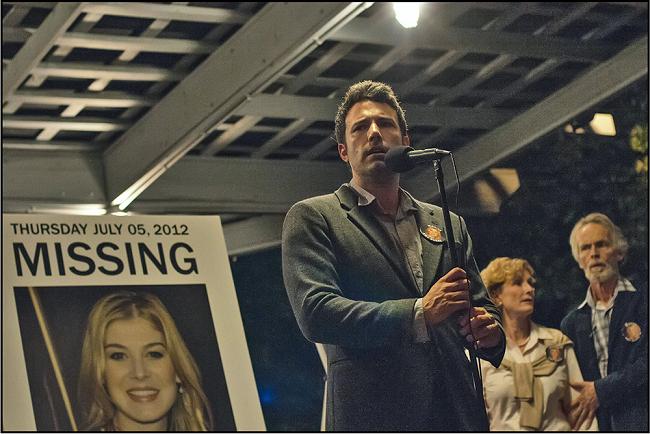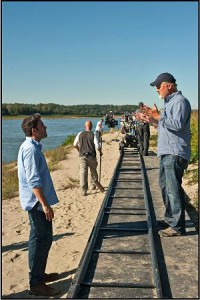David Fincher’s highly anticipated thriller Gone Girl starring Ben Affleck, Rosamund Pike and Neil Patrick Harris and an adaptation of Gillian Flynn 2012 novel of the same name was recently released on 3 October, 2014. The film has generated as much attention for its star power as it has for its highly advanced production approach of the filmmakers.

“It’s the first feature shot entirely in 6K and the first feature to use NVIDIA Next-Gen Quadro GPUs. Edited by two-time Academy Award-winner Kirk Baxter, ACE, it’s also the first studio feature edited entirely in Adobe Premiere Pro CC,” revealed NVIDIA, MD South Asia, Vishal Dhupar to AnimationXpress.com.
On the day of his fifth wedding anniversary, Nick Dunne (Affleck) returns home to find that his wife Amy (Pike) is missing. His wife’s disappearance becomes the focus of an intense media circus; a man sees the spotlight turned on him when it’s suspected that he may not be innocent.
 The production system and workflow for Gone Girl is the most advanced technical design of any feature film to date. The filmmakers opted to shoot in 6K, but frame for 5K to have an ability to reframe and stabilise, with greater resolution than before.
The production system and workflow for Gone Girl is the most advanced technical design of any feature film to date. The filmmakers opted to shoot in 6K, but frame for 5K to have an ability to reframe and stabilise, with greater resolution than before.
“Shooting in 6K, we had a large amount of RED media content to be converted and reviewed. This, combined with a need for ability during editorial for every shot to be reframed, posed a unique challenge,” explained Post Engineer, Jeff Bruce.
Visual effects have become a vital part of the process, with over 200 shots being completed in-house on Gone Girl. Tyler Nelson assistant editor added, “Dynamic link is a big enhancement, to have the ability to have composting within premiere.”
The latest NVIDIA GPU technology was incorporated across all stages of the film’s production including the new Quadro K5200 which provided double the memory and 30 per cent faster performance than its previous generation equivalent. On the back end of the workflow, the NVIDIA GPU-based production system enabled up to 50 times faster transcoding of 6K files to DPX over CPU. This was a huge time-saving benefit that accelerated the project workflow for delivery to VFX, allowing for more iteration.
The film was shot using the RED Dragon camera by DoP Jeff Cronenweth, ASC. While captured in 6K, the creative edit was done at 2.5K as offline ProRes, viewed as 1920×1080 HD. “The NVIDIA Quadro 5200 was extremely performant in the production by allowing the playback and real time downscaling of 6K to 4K – something that was crucial to ensuring the best post production experience,” expounded Jeff.

